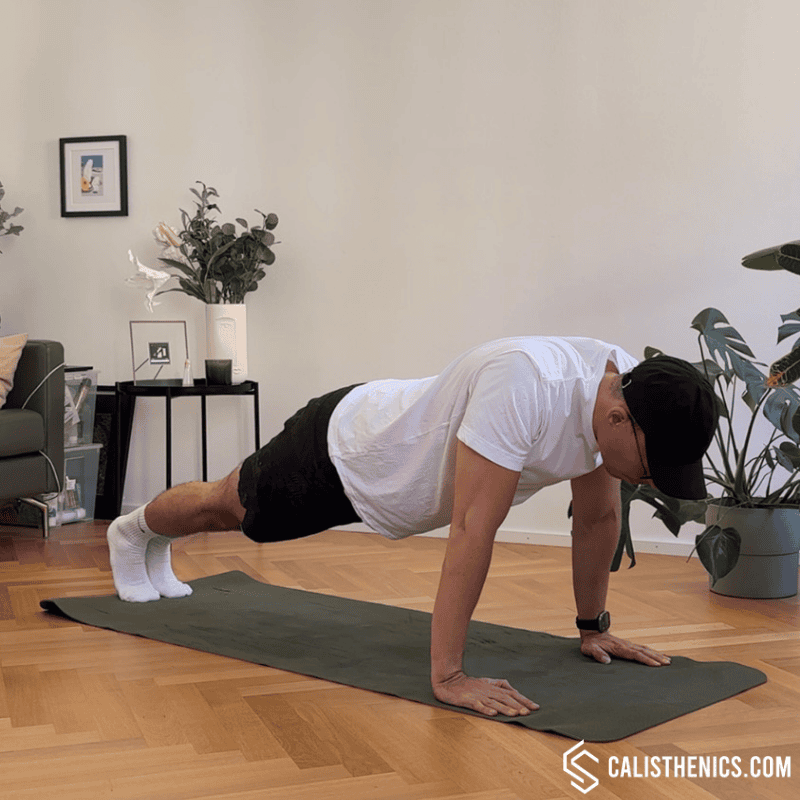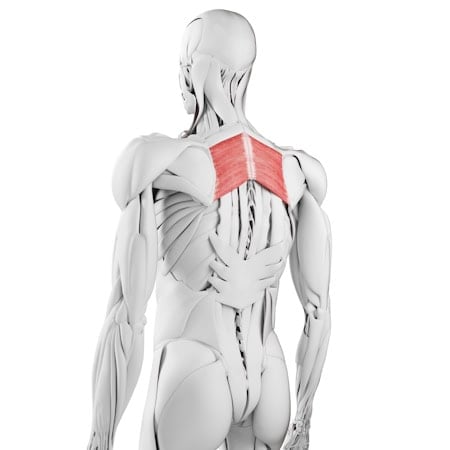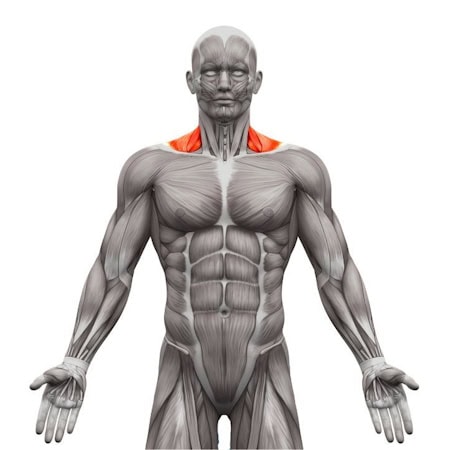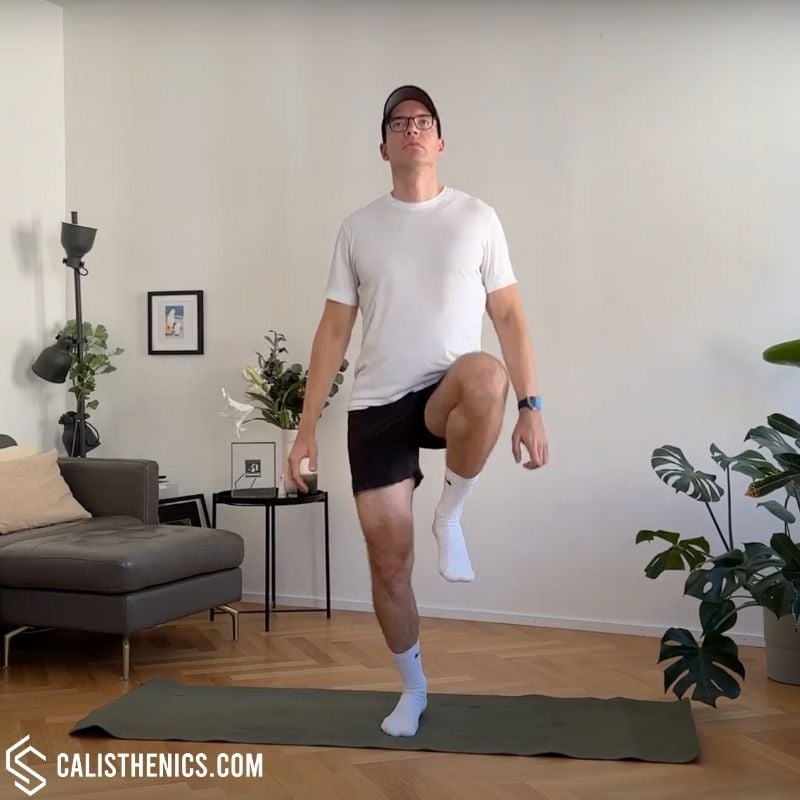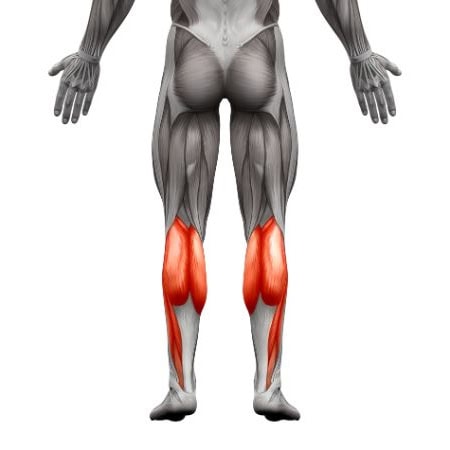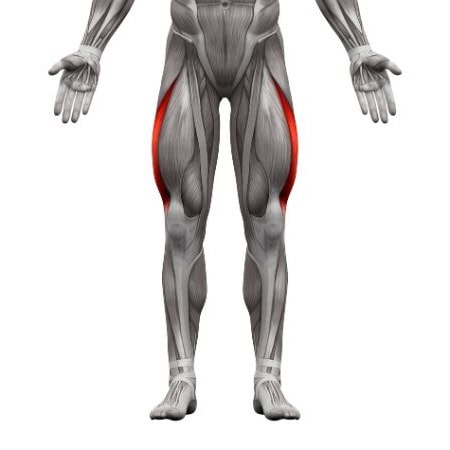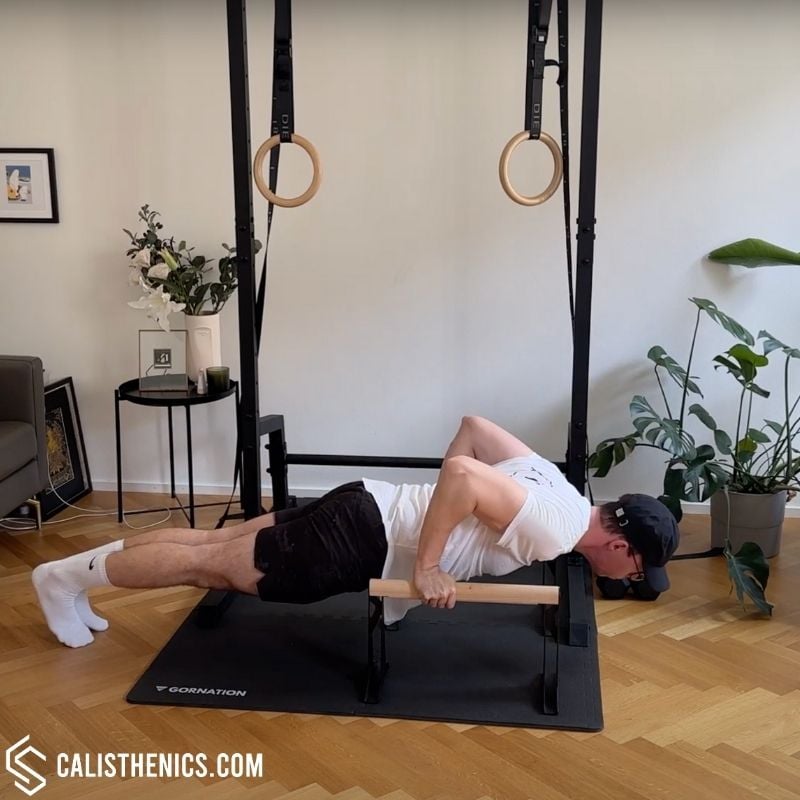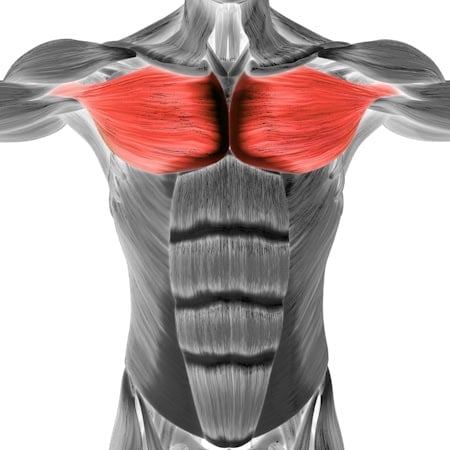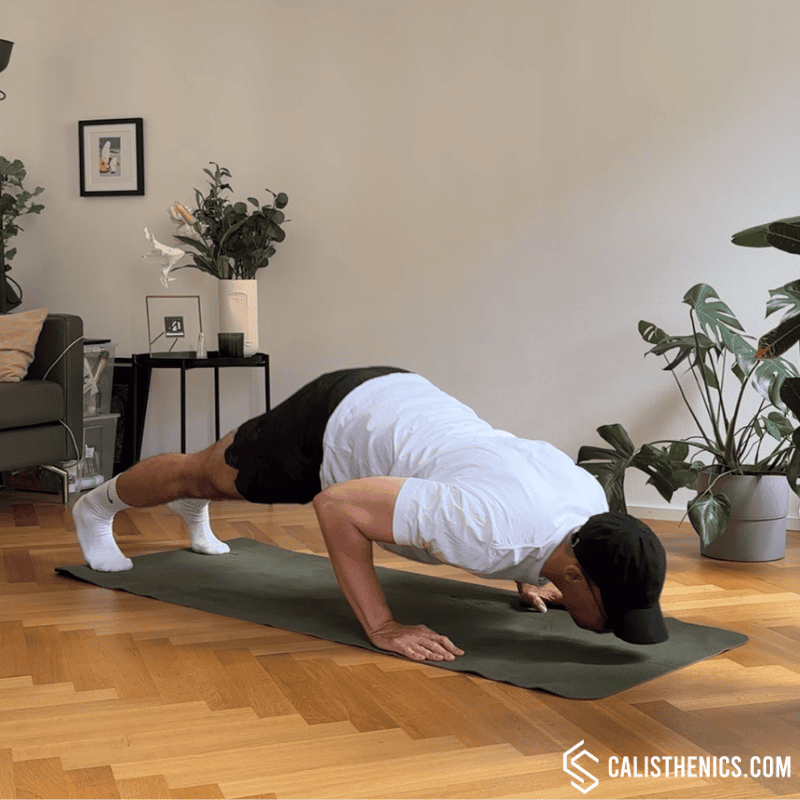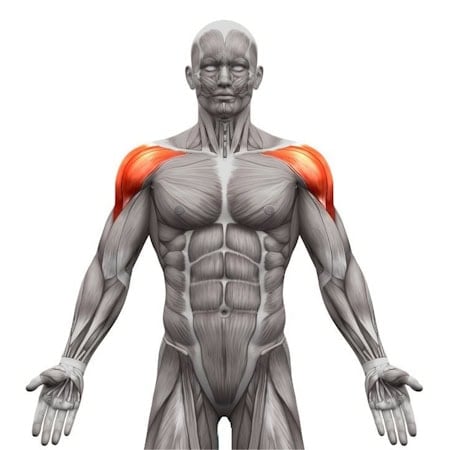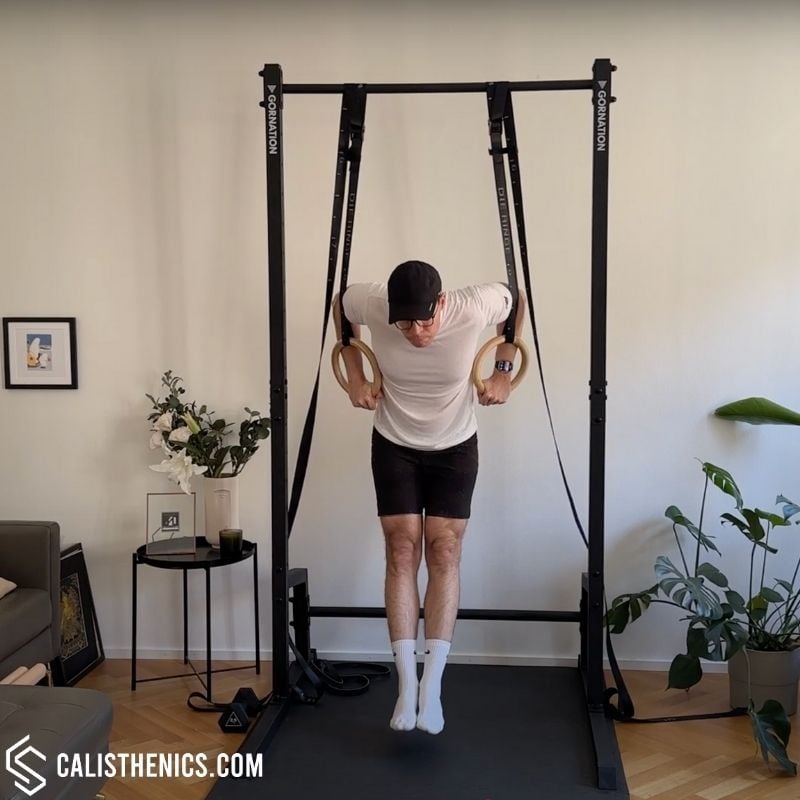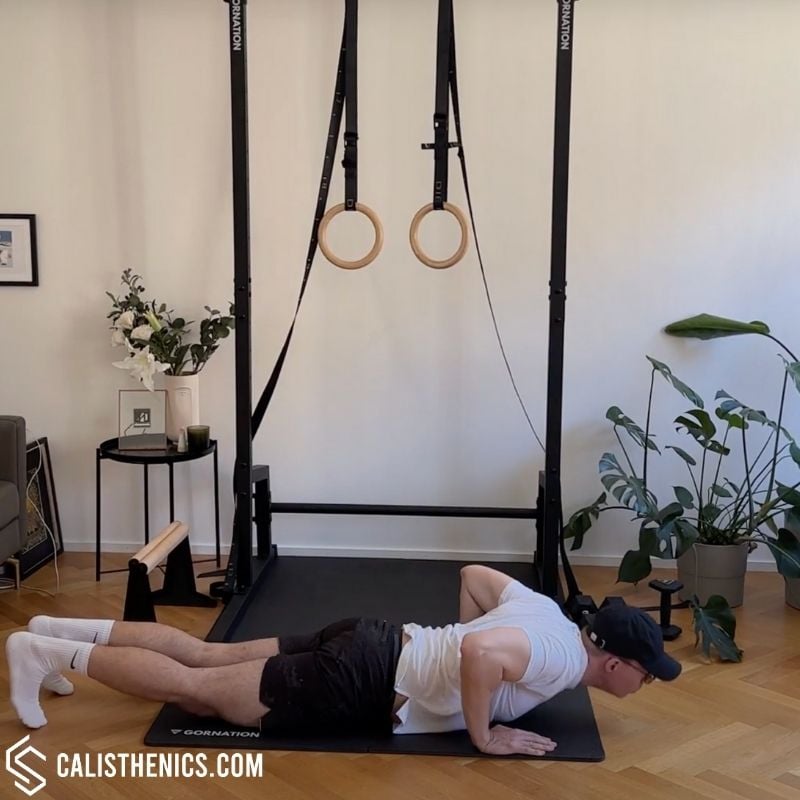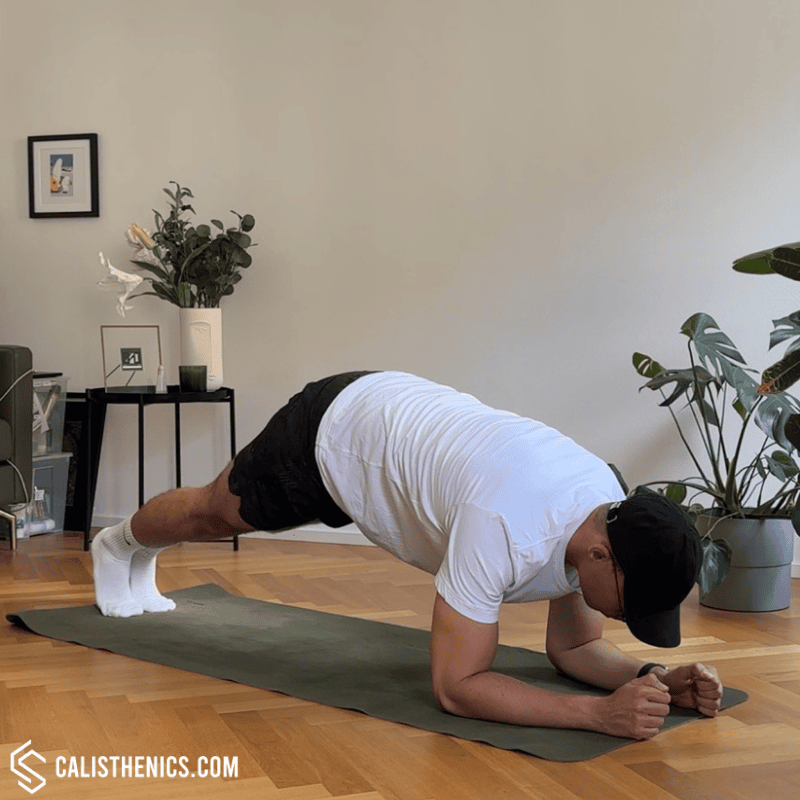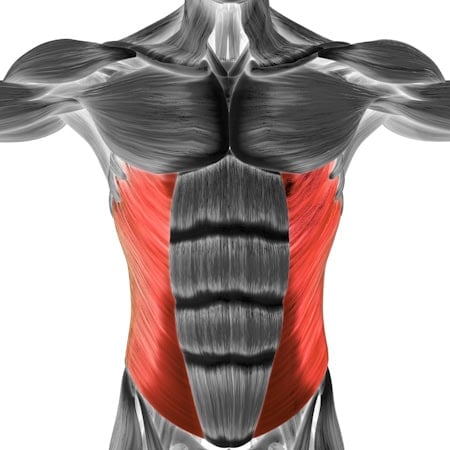Push 23: Lower and Upper Chest Workout with Dip Strength Testing
🎯 Workout Description:
It’s time to test your current dip level. This workout opens with a dip strength test: perform as many reps as possible at your highest progression (band-assisted, feet-assisted, or unassisted). Then we’ll reinforce the movement with advanced push-ups and controlled strength sets.
👤 Who It’s For:
Graduates of Weeks 1–5. If you can perform feet-assisted dips with good form, you’re ready for this.
🧰 Equipment Needed:
- Resistance band (optional)
Warm-Up – “Test Prep Circuit”
Goal: Wake up shoulders, activate the pushing chain, and mentally prep for peak effort.
Format:
-
Wrist warm-up routine – 1 round
-
2 rounds (superset format):
-
10 Scapula Push-Ups
-
12 High Knees
-

Muscle group:
Tips
-
Perform this routine before every handstand or push workout.
-
Use a soft mat or towel if your wrists are sensitive to hard surfaces.
-
Pair with scapular and shoulder prep for a complete upper-body warm-up.
-
Spread your fingers during each drill to distribute load.
-
Gradually increase range and pressure over weeks, not in one session.
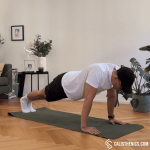
Tips
-
Focus on Shoulder Blade Movement: The goal of this exercise is to isolate the movement of the scapula. Ensure your elbows remain locked and focus on squeezing and spreading your shoulder blades.
-
Core Engagement: Keep your core and glutes engaged to maintain proper body alignment and avoid unwanted movement in the hips or lower back.
-
Controlled Movements: Perform the exercise slowly and with control to fully engage the muscles of the shoulder girdle and prevent injury.
-
Breathing: Inhale as you retract your scapula (lowering your chest) and exhale as you protract your scapula (pushing through your hands and rounding your back).
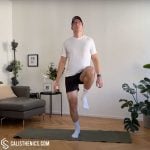
Tips
-
Keep your core tight to stabilize your spine and prevent over-rotation.
-
Pump your arms naturally—elbows bent and driving in sync with your legs.
-
Look straight ahead rather than down to keep posture aligned.
-
Use a metronome or playlist with a steady beat to maintain tempo.
-
Start slow to warm up and ramp up intensity gradually.
-
Train barefoot or in minimalist shoes (on soft flooring) to improve foot strength and awareness.
Strength – “Measure & Build”
Goal: Test your dip level, then reinforce the mechanics with strength-focused progressions.
Structure:
-
Dip Strength Test
-
Superset A (3 rounds): A1 + A2, rest 90 sec
-
Set B (2 rounds): Control-focused dips
→ Rest 60–90 sec between all rounds
✅ Dip Strength Test:
→ Max reps at your current level:
-
Unassisted dips
-
Band-assisted dips
-
Feet-assisted dips
Record your result. This is your new benchmark.
🟦 Superset A:
-
A1: Pseudo Planche Push-Ups – 6–8 reps
-
A2: Dive Bomber Push-Ups – 6 reps
🟩 Set B:
-
Negative Dips (very slow: 5–6 sec) – 2 sets of 3–4 reps
Keep form strict: chest upright, core tight, elbows close.
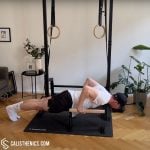
Muscle groups:
Tips
-
Lean forward more to increase difficulty and better mimic planche mechanics.
-
Keep toes pointed and legs together to improve body alignment.
-
Use a slow eccentric phase (3-5 seconds down) to build more time under tension.
-
Experiment with wider and narrower parallettes placement to target different muscle engagement.
-
If feeling wrist discomfort, adjust grip angle slightly on the parallettes for better comfort.
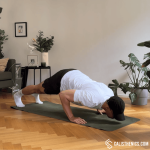
Muscle groups:
Tips
-
Smooth Transitions: Focus on making the transition from the downward dog to upward dog and back as smooth as possible. Avoid jerky movements.
-
Elbow Positioning: Keep your elbows close to your body during the descent to engage the triceps and protect the shoulders from strain.
-
Core Engagement: Keep your core tight throughout the movement to protect your lower back and maintain proper form.
-
Breathing Control: Inhale as you sweep your body down and forward, and exhale as you push back into the downward dog position.
-
Flexibility: Work on flexibility, especially in the shoulders, chest, and hips, as the movement requires a good range of motion in these areas.
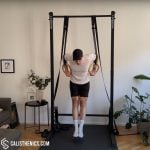
Tips
-
Maintain external rotation of the rings (turn them slightly outward) at the top for better shoulder engagement.
-
Keep your core braced and legs slightly forward to minimize unnecessary movement.
-
Lower yourself slowly to increase control and muscle activation.
-
Avoid locking your elbows harshly at the top; fully extend but maintain slight tension.
-
Start with fewer reps and prioritize form over quantity.
-
If new to ring dips, master the ring support hold and ring shrugs before progressing.

Muscle group:
Tips
-
Aim for a 3-5 second descent per repetition for maximum strength gains.
-
Maintain external rotation of the rings (slight outward turn) to protect the shoulders.
-
Focus on quality over quantity—4-6 well-controlled reps are better than 10 rushed ones.
-
Keep the core tight and legs slightly in front to prevent excessive swinging.
-
If full range of motion is difficult, use foot assistance or perform partial negatives before progressing.
-
Gradually work toward slower descents as you gain strength.
HIIT Core Finisher – “Push & Plank Burnout”
Format: 10-minute TABATA (20s on, 10s off x 8 rounds alternating)
-
Burpees
-
Elbow Plank
This one’s about stamina and stability—go hard on the burpees, stay calm in the plank.
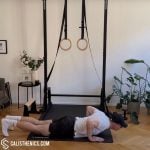
Muscle groups:
Tips
-
Keep your core tight during the plank and push-up to protect your back.
-
Land softly with bent knees to absorb shock during the jump.
-
Exhale during the jump to maintain rhythm and breathing control.
-
Warm up your wrists and shoulders—burpees place repeated impact on them.
-
Set a tempo or use a timer to pace your reps and avoid burnout too early.
-
Scale volume appropriately—burpees are deceptively demanding and fatigue builds fast.

Tips
-
Straight Body Line: Ensure your body forms a straight line from your head to your heels. Avoid raising or lowering your hips too much, as this can compromise form.
-
Core Engagement: Keep your core muscles tight throughout the entire exercise. This helps stabilize your spine and prevents your hips from sagging or arching.
-
Elbow Positioning: Your elbows should be directly under your shoulders, creating a strong base of support. This will also help engage your shoulders and reduce strain.
-
Steady Breathing: Focus on controlled, deep breaths. Inhale through your nose and exhale through your mouth, which helps stabilize your core and manage endurance.
-
Avoid Tension in the Neck: Keep your neck neutral by looking down at the floor to prevent any tension or strain in the neck.



